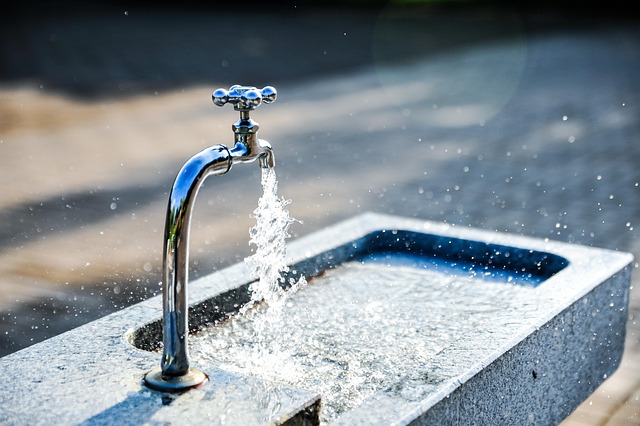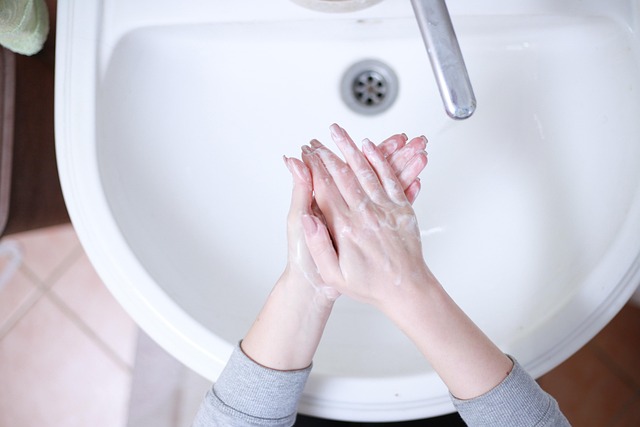Understanding the source and type of a leaky faucet is key to effective DIY repair (How to Fix a Leaky Faucet). Assess the leak's rate and location, ranging from simple washer replacement to complex corrosion removal. Conducting a thorough inspection identifies damage or wear, guiding your selection of tools and parts for efficient problem-solving.
Tired of that persistent drip-drip-drip? This ultimate guide shows you how to fix a leaky faucet yourself, no plumber needed. Learn to identify common leak types, gather the right tools and materials, and master a step-by-step repair process for compression, cartridge, or ceramic disk faucets. Say goodbye to wasteful water and hello to savings! Discover how to tackle this DIY project with confidence and extend your faucet’s lifespan.
- Assess the Leaky Faucet: Identifying the Source
- – Understanding common leak types: dripping, splashing, continuous flow
- – Inspecting fixtures, pipes, and fittings for damage or wear
Assess the Leaky Faucet: Identifying the Source

When faced with a leaky faucet, the first step in learning how to fix it is understanding its source. This involves a thorough assessment to identify whether the issue lies within the faucet handle, the spout, or the supply lines beneath the sink. A leaky faucet could be as simple as a loose seal or washer, which can usually be replaced with minimal tools. However, if the leak originates from the base of the faucet or shows signs of corrosion, it might require more intricate repairs.
By carefully observing the rate and location of the leak, you gain valuable insights into its cause, guiding your approach to effectively fixing a leaky faucet – all without calling a plumber.
– Understanding common leak types: dripping, splashing, continuous flow

Leaky faucets can be frustrating, but understanding common leak types is the first step in learning how to fix a leaky faucet yourself. The most basic and noticeable type is the dripping faucet, where water continuously drips from the spout. This is often the most straightforward to repair. More severe leaks involve splashing or continuous flow, where water gushes out uncontrollably, sometimes due to faulty internal parts or a misaligned washer.
Identifying the leak type helps you determine which parts need fixing. For example, a dripping faucet may only require replacing the washer, while a splashing or continuous flow issue might involve repairing or replacing the cartridge or valve seats. Learning how to fix these issues yourself can save time and money, and with the right tools and knowledge, you’ll be able to tackle even the trickiest leaks without calling a plumber.
– Inspecting fixtures, pipes, and fittings for damage or wear

Before diving into the repair process, it’s crucial to inspect your faucet, pipes, and fittings for any signs of damage or wear. Leaks often stem from worn-out O-rings, damaged cartridges, or loose connections. By thoroughly examining these components, you can identify the source of the leak and choose the appropriate replacement parts. This initial step is a vital part of how to fix a leaky faucet efficiently.
During your inspection, look for any visible cracks, corrosion, or debris in the fixtures and pipes. Check for loose fittings by turning them slightly with a wrench. If you notice any issues, take notes on what needs replacing. This process will not only guide your repair but also ensure you have all the necessary tools and parts to hand, making the fixing process quicker and easier.
Fixing a leaky faucet isn’t as daunting as it seems. By understanding common leak types, inspecting your fixtures, pipes, and fittings, and taking a systematic approach, you can tackle this DIY project with ease. No more unnecessary plumber visits or costly repairs – armed with knowledge, you’re now equipped to stop that drip and save money in the process.
